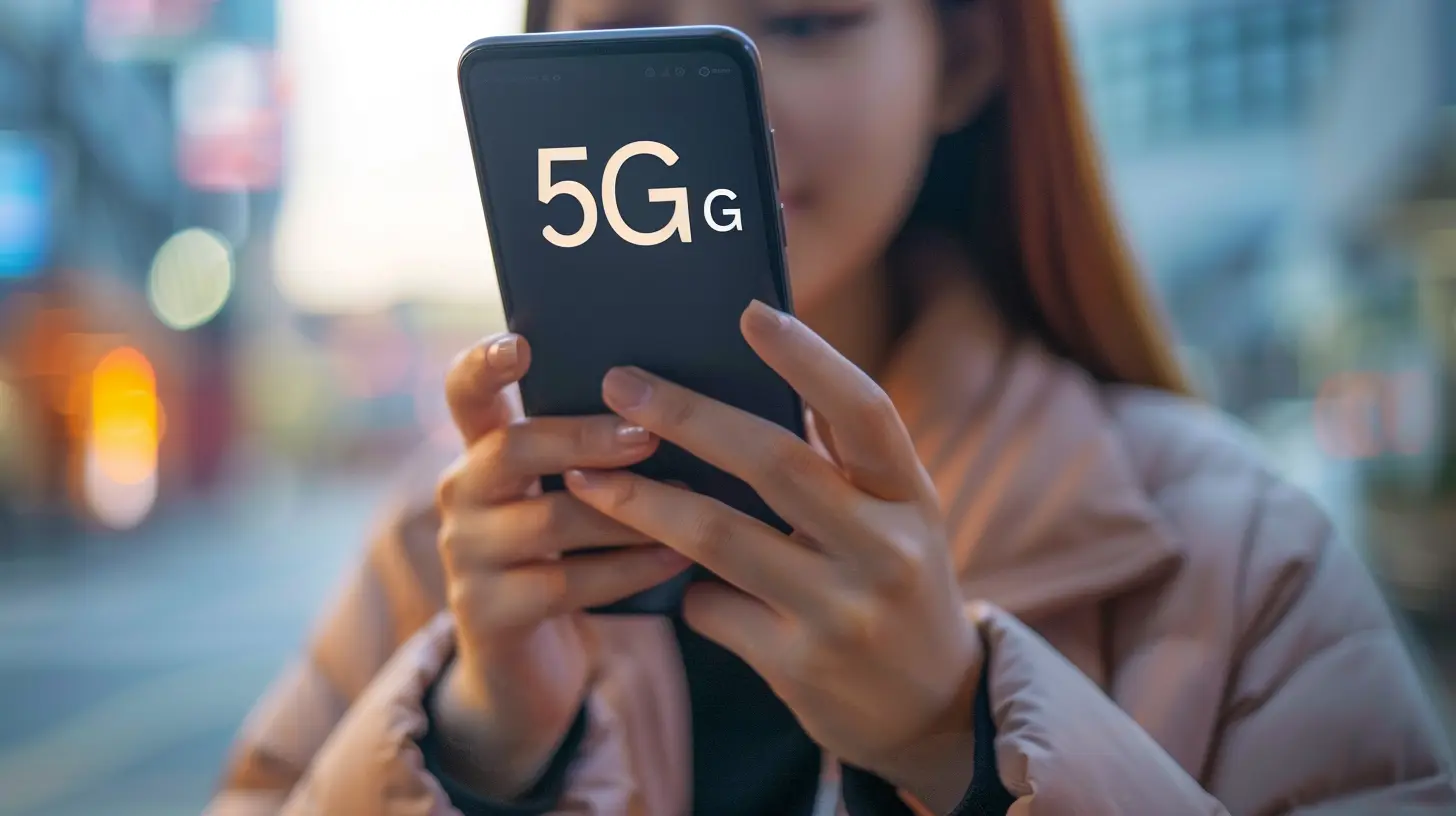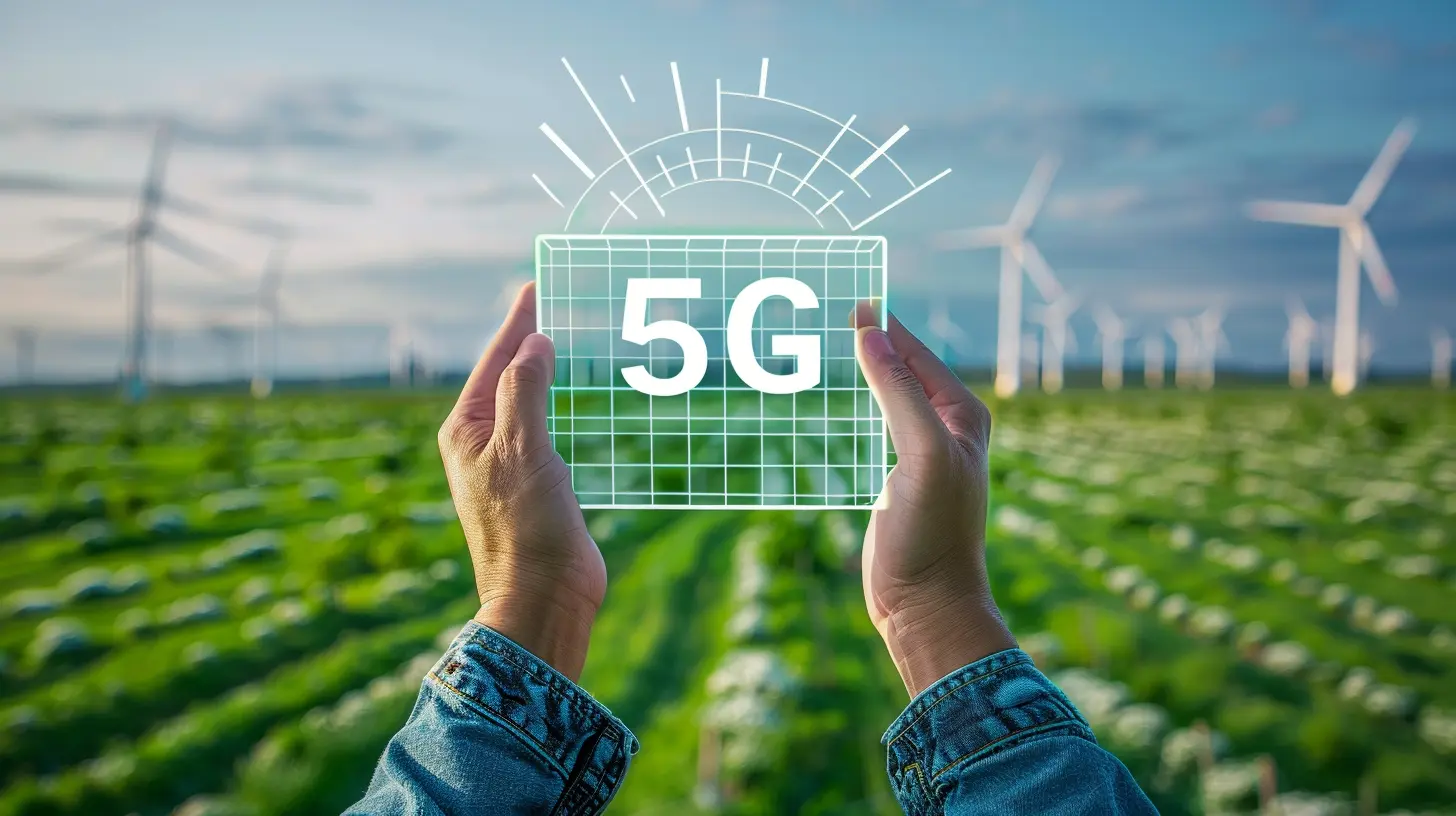The Environmental Impact of 5G Technology
18 November 2025
The world is buzzing — literally — with the arrival of 5G. Promising blazing-fast speeds, ultra-low latency, and seamless connectivity, the fifth generation of mobile networks is set to revolutionize everything from your smartphone to your smart fridge. But as we race toward this hyper-connected future, there's a bigger question that often gets swept under the digital rug: what's the environmental cost of all this convenience?
So, let’s slow down for a moment. Let’s look past the shiny new tech and dig deep into the earth beneath our feet — because the environmental impact of 5G technology is more than just a blurry pixel in the big picture. It’s a full-resolution story we need to tell.
A Frequency Wave of Change: What 5G Really Means
To kick things off, it's crucial to understand what 5G actually is — not the marketing fluff, but the nuts and bolts of it. 5G stands for the fifth-generation mobile network. It operates on a broader range of frequency bands, including ultra-high millimeter waves (mmWave), which is where everything starts to amp up — speed, capacity, and yes, energy consumption.But 5G isn’t just an upgrade over 4G; it’s an entirely different beast, requiring new infrastructure, millions of small cells (those little antennas you might’ve noticed on buildings or streetlights), and mind-boggling data centers.
Sounds exciting, right? But every tech party has a cleanup crew — and when it comes to 5G, Mother Earth might just be holding the mop.
Infrastructure Overload: Small Cells, Big Footprint
Remember those towering cell towers that once ruled the skyline? 5G laughs in their face. Enter the "small cell" — tiny base stations installed every few hundred feet to maintain reliable, high-speed connections.Here's the catch: 5G waves don’t travel far or penetrate walls easily. So we need a lot more hardware — like, a LOT more. That means more raw materials, more energy to manufacture and install them, and more e-waste down the line.
And let’s talk about urban sprawl. Cities might adapt fast, but rural areas? Not so much. To blanket the world with 5G, we’d need an infrastructure boom unlike anything we’ve seen before — piles of plastic, metal, glass, and semiconductors. Kind of like building a highway network — but in the sky.
Power-Hungry Pixels: Energy Consumption of 5G
The promise of 5G is unlimited streaming, autonomous vehicles, remote surgeries — basically, a utopia powered by data. But powering that data isn't free.Early estimates suggest that 5G networks could use up to three times more energy than 4G. That’s a lot of extra juice flowing through the grid — and unless we’re switching to renewables at the same rate, it’s an environmental paradox.
Imagine charging your phone — not once a day, but every few hours. Now imagine every device in the world doing that exponentially more often. All that energy needs to come from somewhere, and if that "somewhere" is fossil fuels, we’re just trading one problem for another.
Data Centers: The Silent Energy Guzzlers
You know those invisible homes for your TikTok videos and Instagram selfies? Yeah, they’re called data centers — and they’re working overtime in the age of 5G.With more data comes more demand for storage and processing. And with more processing comes greater heat, more air conditioning, and soaring electricity bills. According to recent studies, data centers could account for 8% of global electricity demand by 2030 if trends continue.
Ever tried keeping your laptop cool while running multiple apps? Now scale that up to an entire city’s worth of selfies, Netflix binging, and IoT chatter. That’s the kind of pressure data centers face — all day, every day.
Electronic Waste: The Digital Dumpster Behind 5G
Here’s the ugly truth we don’t talk about enough — new tech equals old junk. As 5G spreads, devices that can’t keep up are heading straight for landfills.Old smartphones, routers, towers, and modems — tossed aside like yesterday’s news. And we're not just talking about consumer devices. Telecom companies are also retiring mountains of outdated hardware to make room for 5G-compatible gear.
The problem? E-waste is loaded with toxic materials like lead, mercury, and cadmium. When improperly disposed of, these materials leak into soil and water, turning digital trash into an environmental time bomb.
Kind of makes that shiny new phone feel a little less glamorous, doesn’t it?
Resource Extraction: Digging Deep for Connectivity
Building the backbone of 5G isn’t as simple as flipping a switch. We need rare earth elements like lithium, cobalt, and neodymium — materials often mined under conditions that devastate ecosystems and exploit vulnerable labor forces.These elements aren’t renewable. They’re locked in the earth’s crust, and getting them out involves huge amounts of water, chemicals, and energy. Plus, mining operations often displace local communities and wildlife.
So, while 5G might be wireless, its roots dig deep — sometimes too deep.
Heatwaves and EMFs: 5G's Invisible Footprint
There’s been a bit of public concern about electromagnetic frequencies (EMFs) and how the denser network of antennas might impact our health and environment. While most studies haven’t confirmed direct links to severe health damage, the environmental consequences remain murky.Some early research suggests that certain insect species — especially pollinators like bees — could be affected by EMFs. And with pollinators already in crisis due to pesticides and habitat loss, 5G might just add another layer of stress.
Even though the evidence isn’t concrete, it’s worth considering. Just because you can’t see the waves, doesn’t mean they’re harmless.
Can 5G Be Green?
Now, before we spiral into a digital dystopia, let’s ask a brighter question — can 5G be sustainable?Actually, yes. If we play our cards right, 5G could also be an environmental ally.
- Smart Grids: With super-fast connectivity, we could manage electricity flows more efficiently, reducing waste and integrating renewables more smoothly.
- Smart Cities: Traffic lights, public transport, and utilities could all be optimized with real-time data, cutting emissions and saving energy.
- Precision Agriculture: Farmers could use 5G to monitor crops and water supplies with pinpoint accuracy, reducing resource usage.
So, it’s not all doom and gloom. But like any tool, 5G’s impact depends on how we use it.
Striking a Balance: What Can We Do?
The key here is balance. It’s about embracing innovation without turning a blind eye to consequences. So how do we stay connected without disconnecting from the planet?Here are a few ideas:
- Push for sustainable infrastructure: Encourage telecom companies to use renewable energy sources and recyclable materials.
- Support responsible recycling: Don’t toss your old phone in the trash. Recycle it properly or donate it.
- Advocate for green policies: Governments and regulators should require eco-friendly standards for network upgrades and e-waste management.
- Choose eco-conscious devices: Brands are starting to offer greener alternatives. Do a little homework before your next upgrade.
Because let’s face it — the planet doesn’t need more signals. It needs more signal-boosters for change.
Final Thoughts: The Double-Edged Sword of Progress
5G is more than a tech upgrade. It’s a new chapter in the story of our digital lives — one filled with opportunities and ethical tests. As users, creators, and thinkers, we’re all a part of this unfolding narrative.Yes, 5G can connect us faster and smarter. But if that connection comes at the cost of clean air, thriving wildlife, and a livable planet, then what are we really gaining?
It’s time to ask the hard questions. To dig under the shiny surface and rethink the systems we treat as invisible. Because in the end, progress isn't just about speed — it’s about harmony.
And maybe — just maybe — if we get this right, 5G could be not only the fastest network ever built... but the wisest.
all images in this post were generated using AI tools
Category:
5g TechnologyAuthor:

Reese McQuillan

